The days of the coordinator are numbered: With the launch of the Shimmer network, IOTA will introduce staking rewards that incentivize validation of major upgrades and features, clearing the way for a fully decentralized network.
The Coordinator still holds the strings in the Tangle - but that is set to change. In the transition to a fully decentralized and community-managed network, IOTA is parting ways with the central node, which protects transaction history from interference through regularly generated milestones. This is a lengthy process. Upgrades and features are first pushed out to testnet environments before being integrated into the mainnet.
This is how the vision of a decentralized, highly scalable network equipped for DeFi applications is pieced together piece by piece. A key building block for this is the launch of the Shimmer network, which ushers in the dress rehearsal for smart contracts, sharding capability and a coordinator-free multi-asset ledger with the introduction of staking rewards.
Shimmer acts as a playground in the IOTA ecosystem for the development and testing of decentralized applications (dApps) and therefore plays a key role for DeFi applications, smart contracts and NFTs before they reach the mainnet. Shimmer is used to validate not only future application types, but also changes to the base protocol. This includes new output types, multichain smart contracts, tokenization without fees, and sharding.
As an incentive, IOTA introduces the Shimmer token ($SMR), which users:receive as a reward on staking IOTA tokens (MIOTA) in the in-house Firefly wallet. SMR forms the monetary backbone for Shimmer. Stakers will receive an annual percentage return of at least eight percent or use it to "experiment with different and unique revenue opportunities," according to the press release. In addition, the three-month token distribution phase is designed to ensure equitable distribution within the community.
With Shimmer going live early next year after the token distribution is complete, IOTA is putting another brick in the Coordicide - the ultimate end of the Coordinator - while gearing up for applications in the DeFi and NFT markets. Despite high utilization and correspondingly high fees, Ethereum continues to dominate the field of smart-contract-based applications. Even if it still needs some patience: IOTA has a decisive advantage over Ethereum. That's because the IoT network does not charge fees - neither for transactions, nor for smart contracts or NFT mining.
IOTA allows for a fertile breeding ground for dApps and also for regular earners to access the IOTA ecosystem. "There is virtually no barrier to entry, which is ideal as it prevents NFTs from becoming the exclusive domain of blue-chip artists and large auction houses." Last but not least, the energy consumption is also significantly lower than with Ethereum's (still) proof-of-work-based blockchain, which Dominik Schiener illustrates with a practical example: "You also save yourself the embarrassing situation of confessing to your friends at the preview of an exhibition that your newly created NFT has blown the carbon emissions of a lobster into the atmosphere."
https://www.btc-echo.de/news/hallo-shimmer-iota-fuehrt-staking-rewards-ein-129451/ DeepL
[link] [comments]

You can get bonuses upto $100 FREE BONUS when you:
💰 Install these recommended apps:
💲 SocialGood - 100% Crypto Back on Everyday Shopping
💲 xPortal - The DeFi For The Next Billion
💲 CryptoTab Browser - Lightweight, fast, and ready to mine!
💰 Register on these recommended exchanges:
🟡 Binance🟡 Bitfinex🟡 Bitmart🟡 Bittrex🟡 Bitget
🟡 CoinEx🟡 Crypto.com🟡 Gate.io🟡 Huobi🟡 Kucoin.


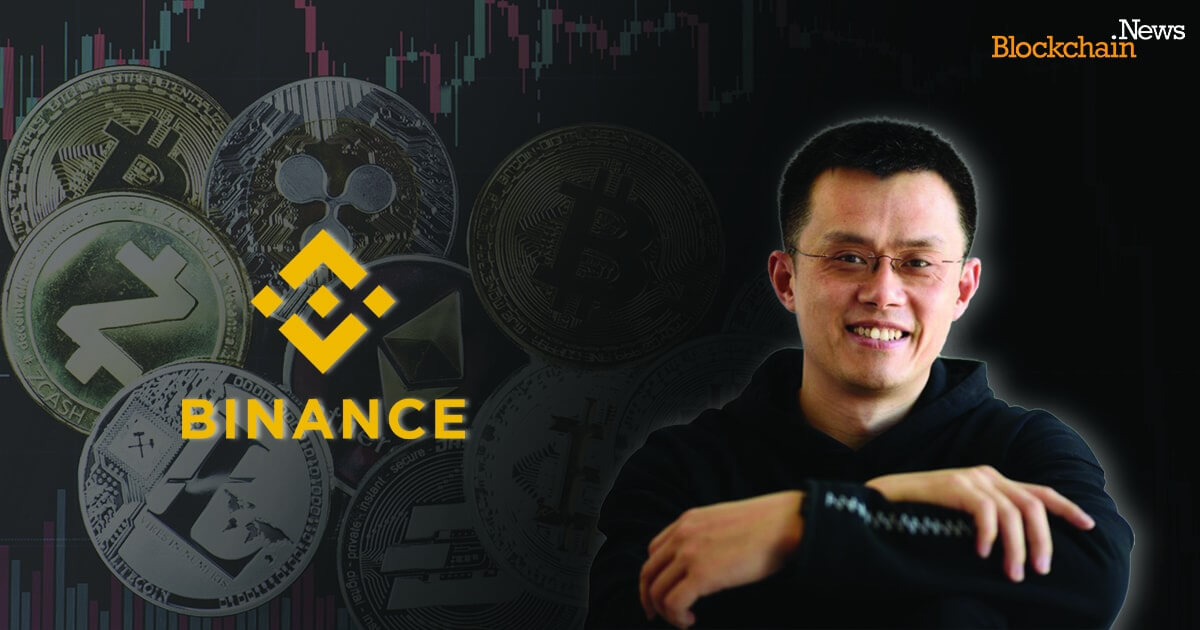
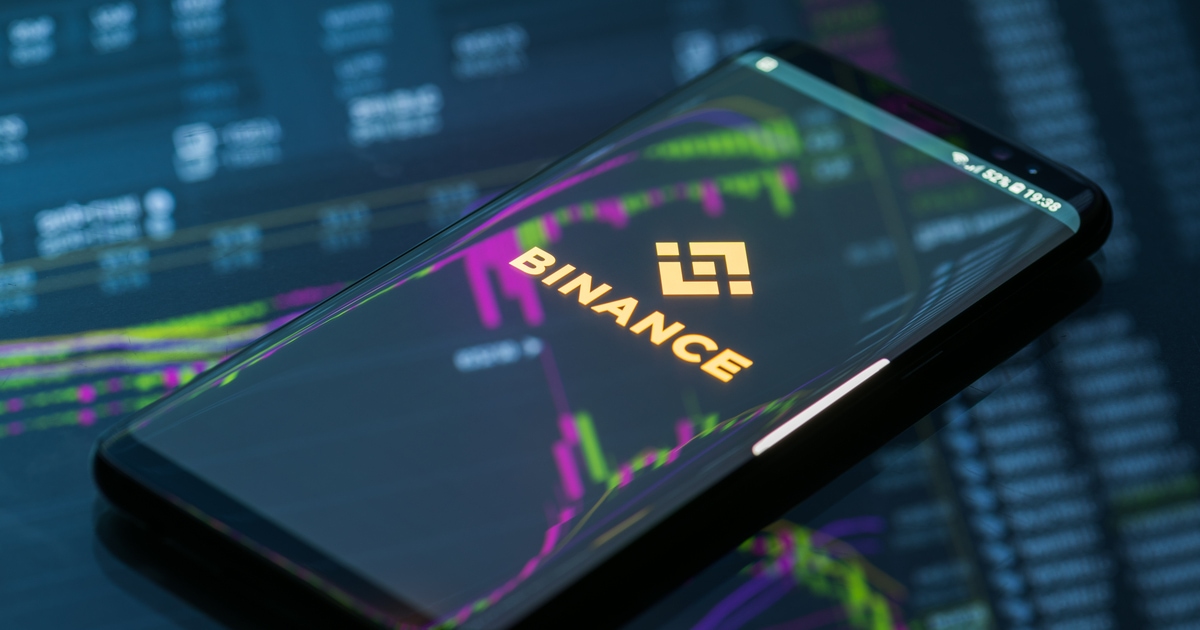

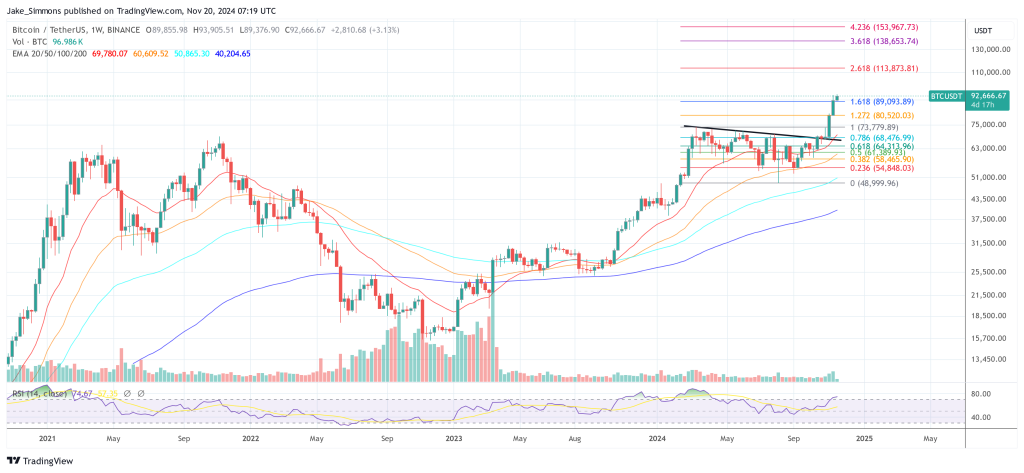


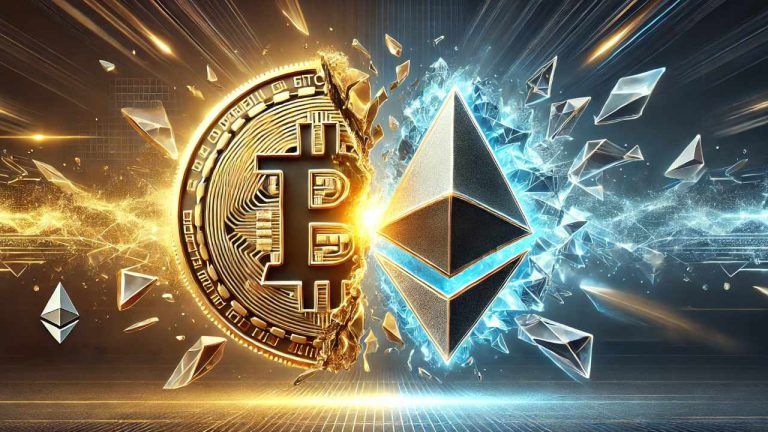



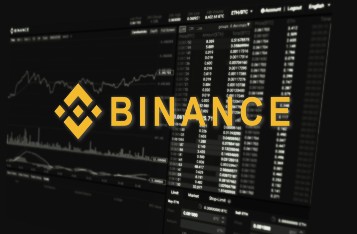





Comments